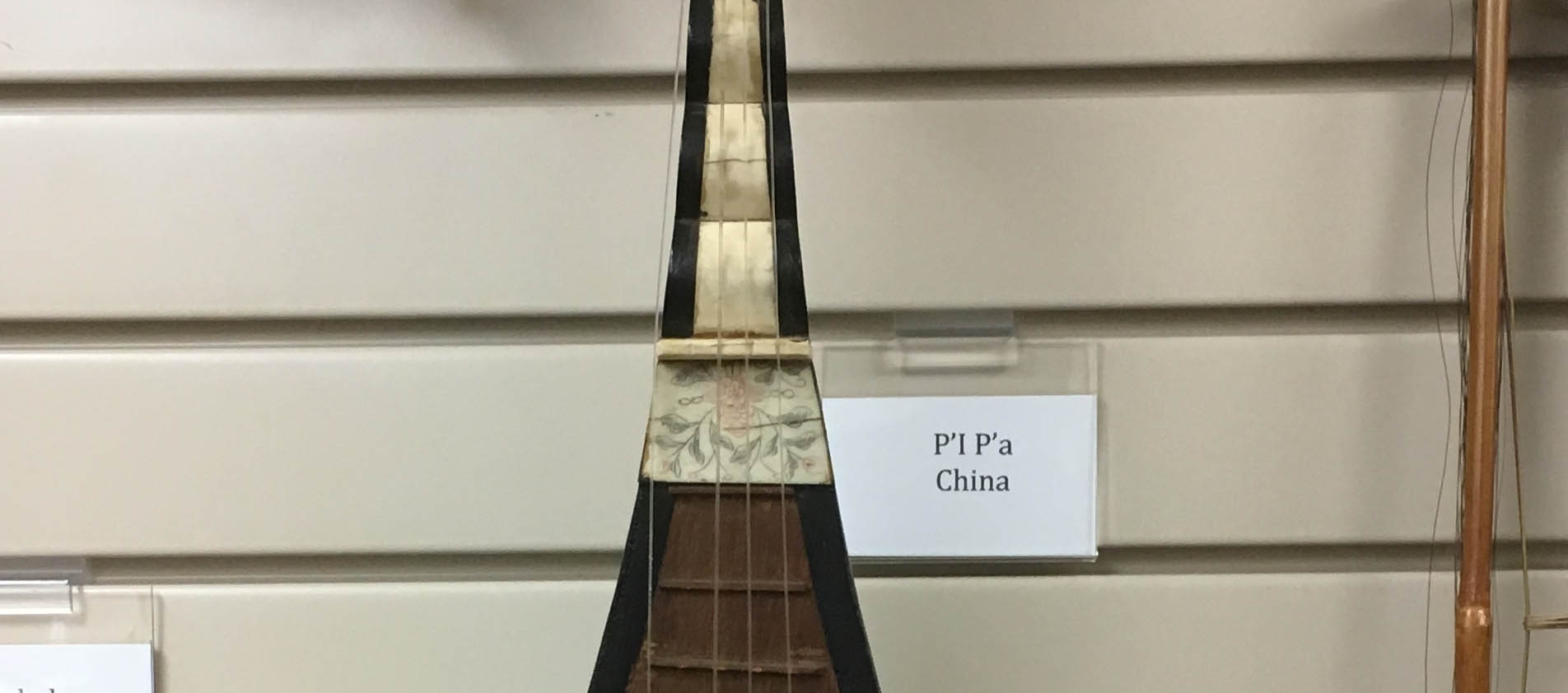Traditional Pipa Music

Chinese classical music often tells a story without lyrics, and traditional pipa music is no different. While traditional pipa music can be categories in many different ways based on tempo, structures, or schools, the most common classification is the one based on musical style and artistic expression, in which scholars divide traditional pipa music into three categories, namely Wuqu (martial tune), Wenqu (lyrical tune), and Wenwuqu (lyrical and martial tune).
WuQu
Wuqu refers to music that depicts a story without lyrics. The music incorporates extensive fingering techniques that produce vivid sound effects to present the stories. Examples include Ambush from All Sides and The Unarming Conqueror.
The Unarming Conqueror depicts the defeat of XiangYu the Conqueror (232 - 202 B.C.E.) at Gaixia (in now Lingbi County, Anhui Province). The programmatically arranged music describes the historic battle fought between the Chu and Han Forces that took place in 202 B.C.E. from the Chu's point of view. Taken in ambush by the Han army, the Chu soldiers fled the battlefield. XiangYu's concubine Yu Ji committed suicide in fear of holding her lover back. Shamed by his defeat, XiangYu subsequently committed suicide by the Wujiang River.
Wenqu
Wenqu, as its English translation suggests, refers to lyrical and calm music. Its focus, instead of presenting a story, is on expressing the feeling of the subjects and painting an audio picture of the beautiful scenery. Examples include High Moon and River Flowers in Moonlight.
River FLowers in Moonlight was first titled Xiyangxiaogu and later renamed Xunyang Pipa after the poem Pipa Xin. In the 1920s, it was named River Flowers in Moonlight. This music expresses a person's love and passion for nature through the description of working people returning home on boats under a sunset. Its Eastern sounding and beautiful pentatonic melody is characteristic of jiangnansizhu, the Bamboo and Silk music style.
Wenwuqu
Wenwuqu refers to music that demonstrates both features of wuqu and wenqu. Although it is also sometimes called daqu (grand opus), the music are not necessarily long in length. The music is often refreshing and vivid because of its unrestricted uses of contrasting techniques from both wuqu and wenqu. An example is Spring Sun on Snow.
Spring Sun on Snow demonstrates an unrestrictive choice of techniques, ranging from the subtle pitch-bendings to energetic strummings. Through the lively melodies and the driving force of rhythm, the piece depicts the scenery of spring reanimating the land.